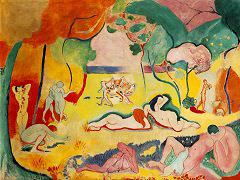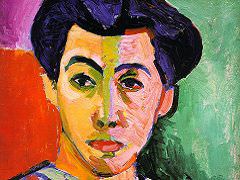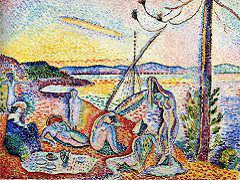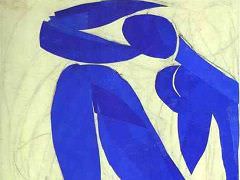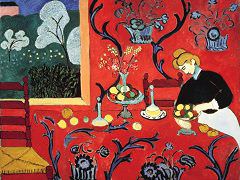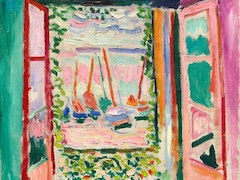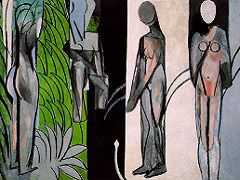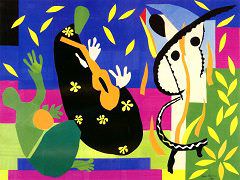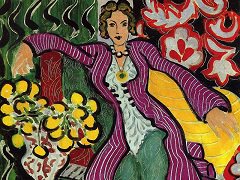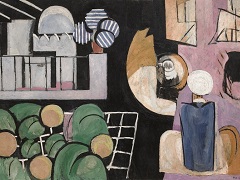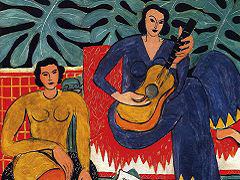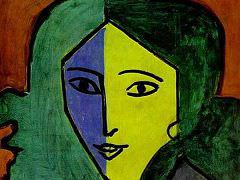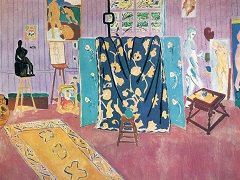Gauguin, Cezanne, Matisse: Visions of Arcadia
The notion of a golden age set in an earthly paradise has long kindled the human imagination. Virgil envisioned such a place of bucolic pleasures-erotic and unsullied, sometimes shadowed by blunted desires and doubts - in his Eclogues, set in the valley of Arcadia in ancient Greece. His poems defined for Western art and literature a theme that continues to this day.
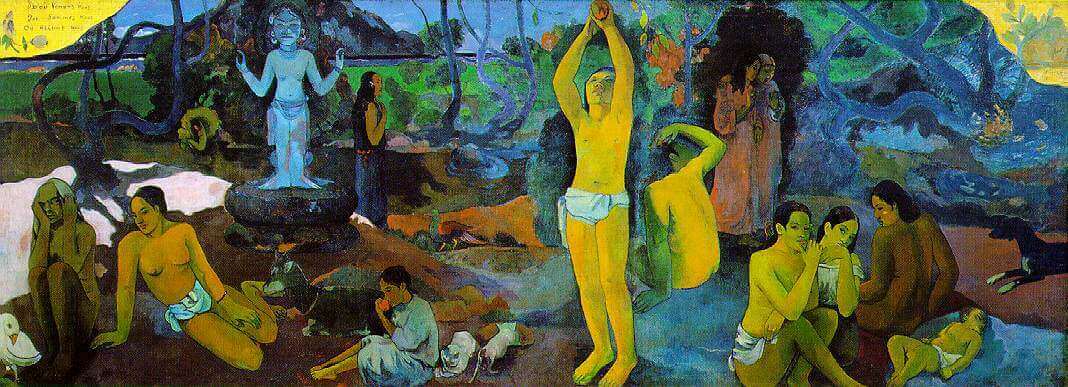
Inspired by his travels in Tahiti, Gauguin painted Where Do We Come From? as an embodiment of his vision of Arcadia in 1898. Shortly after its completion, the painting was exhibited in Paris at the art gallery of Ambroise Vollard. Also in Paris at that moment were Paul Cezanne, who happened to be at work on a portrait of Vollard, and Henri Matisse, who had just abandoned his legal studies for a career in art. It's unclear whether either Cezanne or Matisse was aware of Gauguin's vast canvas, but it is fascinating to examine their own later masterpieces in relation to it.

Cezanne's Arcadian ideal is exemplified in the 1906 painting The Large Bathers, which combines figures and landscape in a stagelike setting deeply rooted in the past. Matisse, meanwhile, completed one of his own largest paintings, Bathers by a River, in several stages between 1909 and 1917. His vision evolves from a stylized rendering of an idyllic scene to a Cubist-inspired representation that hints at a sinister side of paradise.
Cezanne, who expressed depth through color, was Matisse 's primary influence. Gauguin and Van Gogh influenced his use of color to express emotion, his simplified or distorted drawing, and his sacrifice of realistic illusions of depth to an emphatic surface pattern. Retaining volume within the limits of color and design, Matisse juxtaposes intense colors, varied patterns, and a rhythmic line. The results are dynamic paintings that are sometimes emotional, sometimes serene, constantly changing, and always more than merely decorative. Throughout his long and successful career Matisse sought to improve his work, and to find the perfect manner of expression.

